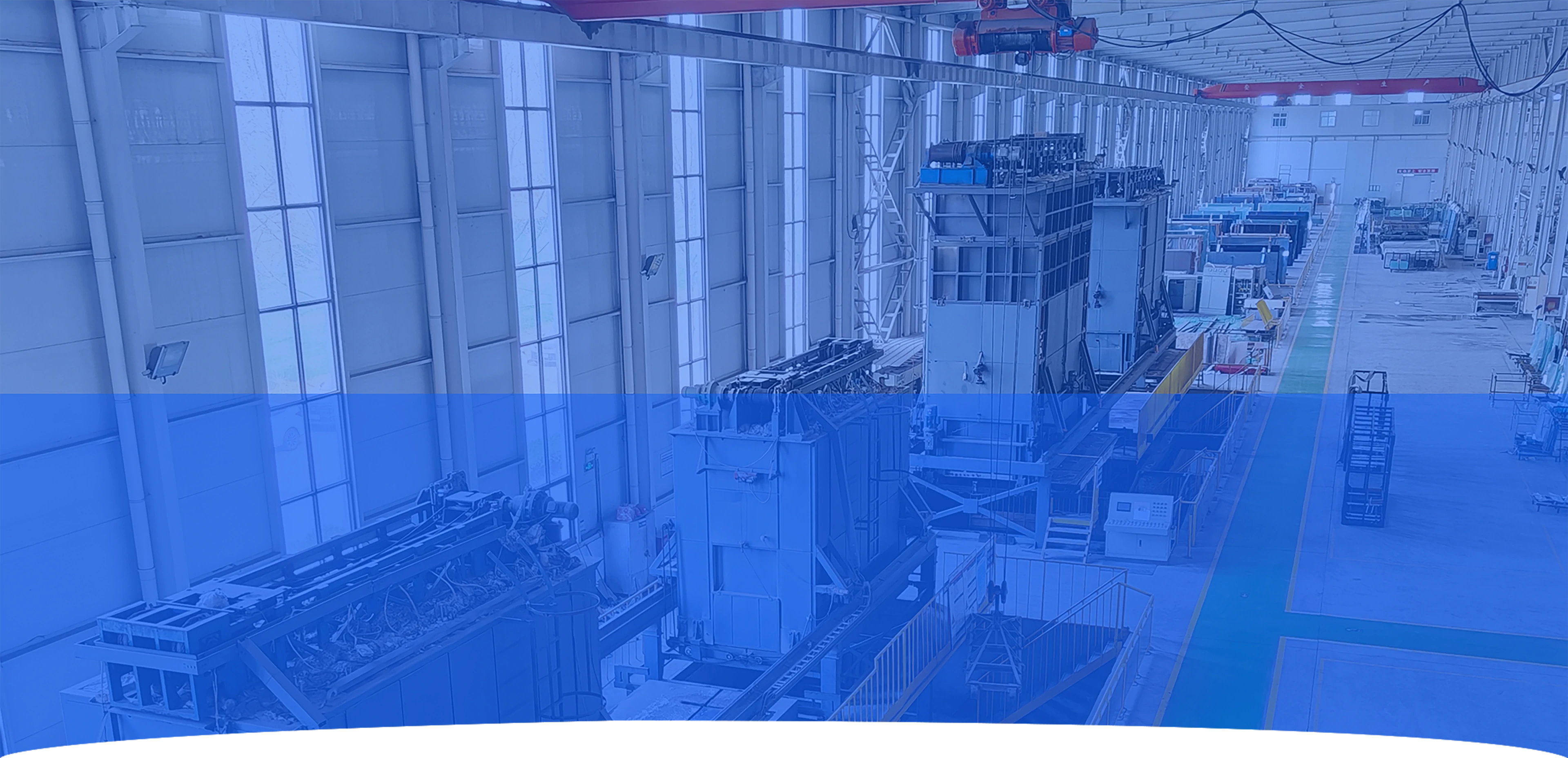Nov . 07, 2024 13:45 Back to list
Techniques and Benefits of Sandblasting Engraving for Customized Designs and Durable Finishes
The Art and Technique of Sandblasting Engraving
Sandblasting engraving, a technique that combines artistry with utility, has revolutionized the way we create detailed designs on various surfaces. This method, also known as abrasive blasting, involves using a high-pressure stream of abrasive materials to etch patterns or images onto hard surfaces, such as glass, metal, stone, or wood. The versatility and precision of sandblasting have made it a popular choice among artists, craftsmen, and manufacturers alike.
The Sandblasting Process
The process of sandblasting begins with the selection of an appropriate abrasive material, which can range from fine sand to garnet or aluminum oxide, depending on the desired finish and the substrate being used. Once the material is chosen, it is propelled by a stream of compressed air through a nozzle aimed at the surface to be engraved. The impact of the abrasive particles creates a controlled erosion effect, allowing for intricate designs to emerge.
One of the major advantages of sandblasting is its ability to produce intricate and precise engravings. It allows for depth variations, enabling designs to have a three-dimensional appearance. Artists can achieve various textures and effects by adjusting the distance of the nozzle from the surface, the pressure of the air, and the type of abrasive used.
Applications of Sandblasting Engraving
Sandblasting engraving is widely used in a variety of applications. In the world of art, artists often employ this technique to create stunning glass sculptures and customized glassware. By carefully controlling the sandblasting process, artists can produce detailed images and patterns, transforming ordinary glass into extraordinary pieces of art.
In the architectural realm, sandblasting engraving finds its place in memorial plaques and building facades. These engravings serve as permanent reminders, often capturing intricate designs or commemorative messages that stand the test of time. The durability of the engravings ensures that they remain clear and visible, regardless of weather conditions.
sandblasting engraving

The industrial sector also benefits from sandblasting engraving, where it is commonly used for branding and labeling purposes. Many manufacturers utilize this technique to engrave logos, serial numbers, and other identifying information on machinery, tools, and equipment. This not only enhances the aesthetics but also ensures that branding is permanent and resistant to fading.
Advantages of Sandblasting Engraving
One of the key advantages of sandblasting engraving over other engraving methods is the speed and efficiency it offers. Large-scale projects can be completed in a fraction of the time it would take using hand engraving techniques, making it an ideal solution for bulk production.
Moreover, the versatility of sandblasting means that it can be applied to a wide range of materials. Whether it’s a delicate piece of jewelry or a robust industrial component, sandblasting can deliver the desired results. Additionally, the equipment used in sandblasting can often be adapted for different projects, further enhancing its efficiency.
Another significant benefit of sandblasting engraving is the ability to create designs with varying levels of depth. This adds a tactile quality to the work, inviting viewers to not only see the design but also to physically engage with it.
Conclusion
In conclusion, sandblasting engraving is a fascinating blend of art and technology that has opened up new frontiers in design and production. Its ability to create detailed, durable, and aesthetically pleasing engravings makes it an invaluable tool in the hands of artists and manufacturers alike. With ongoing advancements in technology and materials, sandblasting is poised to continue evolving, providing even more opportunities for creativity and innovation in various industries. Whether for artistic expression or practical applications, sandblasting engraving remains a powerful method for bringing designs to life, leaving a lasting impression on all who encounter it.
-
Safety and Style with Premium Laminated Glass Solutions
NewsJun.24,2025
-
Reinvents Security with Premium Wired Glass
NewsJun.24,2025
-
Premium Float Glass Line for Modern Architecture
NewsJun.24,2025
-
Low Emissivity Glass for Energy-Efficient Architecture
NewsJun.24,2025
-
High-Performance Insulated Glass Solutions for Modern Architecture
NewsJun.24,2025
-
Elevates Interior Style with Premium Silver Mirror
NewsJun.24,2025
Related PRODUCTS














